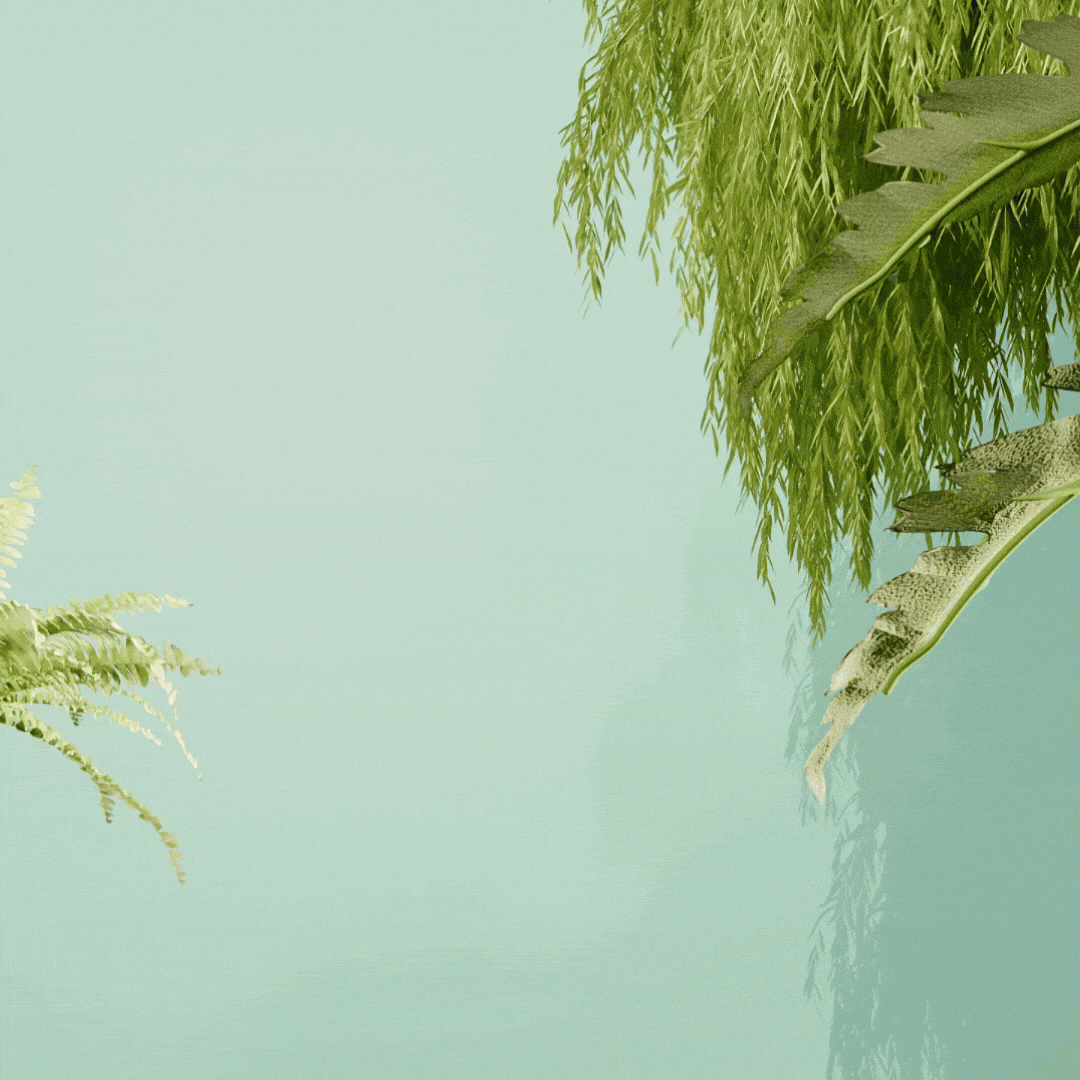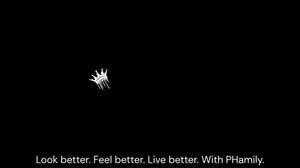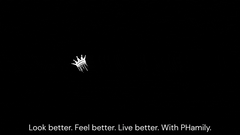Curly hair is a beautiful thing. It can be long, short, and everything in between. The key to healthy curls is maintaining them by using the right methods. We've put together this guide for you so that you know what works best for different types of curly hair!
Hair Care
When it comes to caring for your curls, the same basic rules apply. You don't need a lot of products or steps to make sure that your hair is looking its best.
- Avoid using heat on your hair: Don't flat iron or curl while using heated appliances such as curling irons and blow dryers. This will damage the cuticle layer of your strands, which can lead to breakage and damage over time. Instead, opt for lower temps like low heat when styling at home or with a traditional straightener or wand.
- Avoid harsh chemicals: Just like we told you about avoiding hot tools in general, avoid harsh chemicals too! Some chemical treatments may be necessary but try not to go overboard with them as too much can cause chemical burns after drying out from contact with water molecules present in our environment at all times - even though they won't always feel like it at first glance...
What kind of hair do I have?
If you’re not sure, there are a few different types of curls that can be found on the human head. Curly hair is characterized by its loose texture and natural wave pattern. This type of curl is generally seen in African-Americans and people with mixed ethnic backgrounds. It can also be referred to as kinky or coily because of its tight curl pattern that tends to spring back when bent or crimped at its root line (or end).
Straight hair has straight strands that lie flat against each other without any waves or curls present in them; these types tend to be more coarse than curly ones due to their lack of elastic properties at the ends due to the lack of moisture retention ability within those strands themselves - which leads us into our next topic...
Type 1 - Straight hair
- Type 1 hair is the most common type of hair. It has a very straight, smooth appearance with a shiny appearance and can be difficult to curl.
- Type 1 hair is prone to frizzing and breakage because it's so thin, but it's also more resistant than other types of curls due to its strength in water.
Type 2 - Wavy hair
Type 2 - Wavy hair is defined by a combination of S-shaped waves and curls. It’s also often confused with type 3 hair, but there are some key differences between them:
- Type 2 hair has more volume than type 3. This means that you can use the same products on your curly locks without feeling weighed down or greasy.
- Type 2 hair is thicker than type 3. This means that it will take longer to dry if you don't style it properly!
Type 3A - Curly hair
Curly hair is defined as having a spiral shape. Type 3A curly hair has a loose curl pattern and is more prone to frizz, breakage, dryness, and prone to styling damage (dried-out ends).
Type 3b curly hair tends to have tighter curls than type 3a but still has spiral formations at the root area of their individual coils. This type can be more prone to breakage than other types of curls due to its tightness which makes it easier for heat tools like flat irons or curling irons to tug on your strands causing damage along with pulling out moisture from within your strands themselves!
Type 3B - Curly hair
Type 3B hair has a natural wave pattern that is more defined than Type 3A hair. The curl pattern can be worn in many different styles and looks, but it's the most versatile of all the curl patterns.
Type 3C - Curly hair
The 3C curl type is the most tightly coiled of all curly hair types. It's also the most prone to frizz, so it's important to find a good moisturizing product for your 3C curls.
The loose curl pattern of 3C makes it very sensitive and fragile compared with other curl types—especially if you have low porosity or porous hair texture.
Type 4A - Kinky or coily hair
Type 4A is the tightest of all curl types, but it's also the most fragile and susceptible to breakage. It can be difficult to manage and prone to frizz. Kinky or coily hair tends to have more wave than other curl patterns, but there are many variations within this type as well: from loose waves that resemble curls (or kinks), through body wave textures with defined coils at the ends of each strand, through tighter ringlets with less defined coils or even curly locks without any kind of wave at all!
Type 4B - Kinky or coily hair
If you have kinky or coily hair, it's important to know what type of curl your hair has. This is especially true if you're considering a new style and want to ensure it will work with your specific texture.
Kinky or Coily Hair: Kinky curls are coils that coil around themselves and can be seen as spirals or waves in the hair. They are thicker than Afro-textured hair but still loose enough that they don't form tight spirals like ringlets (knots). Kinky curls can range from straightened strands with random frizziness throughout them all the way down to tightly packed coils that have more volume than other textures but lack definition because there isn't enough room for air underneath those coils!
Coily Curls: Coily curls are essentially tight corkscrews made up of many small corkscrews winding around each other tightly without any gaps between them—they're almost like mini dreadlocks.
Type 4C - Kinky or coily hair
Kinky or coily hair is the most tightly coiled type of human hair. It has a high density, which causes it to be resilient, strong, and difficult to manage.
This type of hair is also very thick compared to other curly types; it can grow at up to 3 inches (7.62 cm) per month.
How to Maintain My Curls?
- Avoid over-washing your hair.
- Use Phamily Hair Care for moisturizing your hair and healthy scalp. It is 100% Natural and cruelty-free.
- Use a heat protectant if you have curly hair, especially if you're going to blow dry it.
How To Figure Out Your Curl Type
Before you begin, it's important to know your curl type. There are several different types of curly hair, each with its own unique curl pattern.
- Type 1: This is straight hair that has been chemically processed and flattened out. The curls tend to look more uniform and less natural than other types of curls because they're not as tightly packed together by the roots as they would be if they were naturally formed from being exposed to water or humidity over time (the way curly hair usually behaves).
- Type 2: This type of curliness is characterized by waves that move in all directions instead of up and down as seen in Type 1's waves—think about how seaweed waves look when you throw them into the water! These waves can also be identified by their ability to bounce back after being tugged at their ends; this means that there aren't any breaks between each individual strand when looking at an individual piece on the head—the whole thing looks smooth from root to tip!











